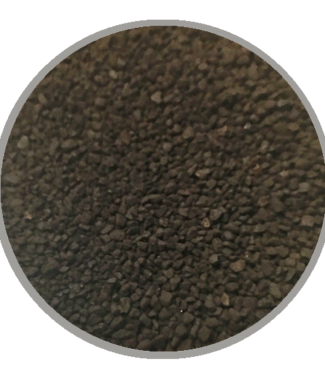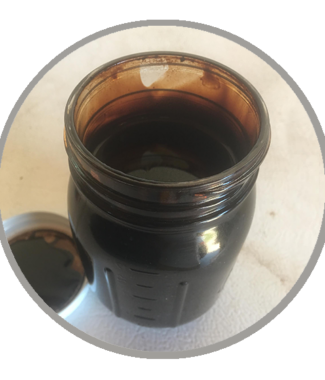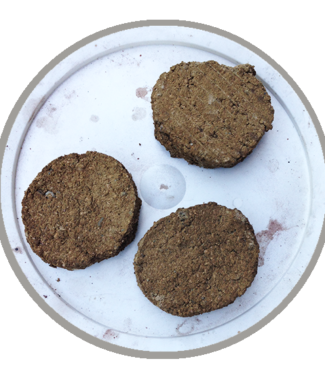Description
The Beneficial Biology in Bio-Pro
When mentioning the word microorganism or bacteria, one may imagine harmful germs. However the Beneficial Biology used in Bio-Pro (Lactic Acid Bacteria, Yeast, Phototrophic Bacteria) exclude any pathogenic and genetically modified microorganisms that are harmful to humans, animals and plants. Bio-Pro consists only of safe biology that have been used, either intentionally or unintentionally, since ancient times.
Lactic Acid Bacteria
Lactic acid bacteria is a generic term for bacteria that convert large amounts of sugars into lactic acid through lactic acid fermentation. Through the production of lactic acid, lactic acid bacteria also inhibit the growth of pathogenic microorganisms and other various microorganisms by lowering the pH. Lactic acid bacteria are widely known in the production of fermented foods such as cheese and yogurt that can be naturally preserved for a long period of time. Ever since Louis Pasteur discovered lactic acid bacteria in 1857, it has been noted for its beneficial effects on health and longevity. Recent research indicates that besides regulating the intestines, lactic acid bacteria also are known for being involved in stimulating the immune system.
Yeast
Known as a fermentation starter, yeast is a microorganism necessary for the brewing of alcohol and the making of bread. Yeast was discovered by the Dutch merchant Antony Van Leeuwenhoek (1632-1723), who first discovered the world of microorganisms. Taxonomically, yeast is a eukaryotic. It differs from fungus in that it generally is unicellular throughout its life. Within the microbial world it is a small group of microorganisms, yet it is essential for human life. Yeast live in sugar-rich environments such as in nectar and the surface of fruits. In Bio-Pro, yeast produces many biologically active agents such as amino acids and polysaccharides.
Phototrophic Bacteria
Phototrophic bacteria (also known as photosynthetic bacteria) are an ancient type of bacteria in existence from before the Earth had its present concentration of oxygen. As its name indicates, these bacteria utilize solar energy to metabolize organic and inorganic substances.
Phototrophic bacteria exist in rice fields and lakes, and everywhere on Earth. In practical terms, the potential of phototrophic bacteria is particularly seen in the environmental fields. Because it decomposes organic materials well, among these applications is its use in wastewater treatment.
Research has also reported on its effectiveness in applied use in agriculture, aquaculture, and animal husbandry. Research is also underway in its use in hydrogen production and its ability to decompose persistent substances.
Phototrophic bacteria are involved in various metabolic systems, and play a major role in nitrogen cycling and carbon cycling. Because this role allows the other microorganisms to co-exist, phototrophic bacteria are the essential element in Bio-Pro.




